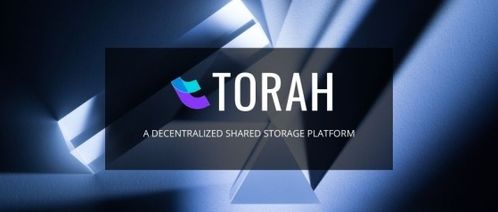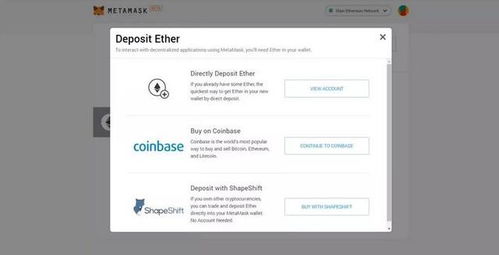Hey there, crypto enthusiast! Have you ever wondered about the fascinating world of Ethereum, often abbreviated as ETH? This digital currency has been making waves in the blockchain space, and today, we're diving deep into the details of what makes ETH so special. So, grab your virtual wallet and let's embark on this Ethereum exploration!

Ethereum was born in 2015, but its roots can be traced back to 2013 when Vitalik Buterin, a young Russian-Canadian programmer, proposed the concept of a decentralized platform that would enable developers to build and deploy smart contracts and decentralized applications (DApps). The idea was to create a more versatile blockchain than Bitcoin, which was primarily focused on digital currency transactions.
The Ethereum network was launched with a groundbreaking ICO (Initial Coin Offering) in 2014, where participants could purchase ETH tokens in exchange for Bitcoin or fiat currency. This marked the beginning of a new era in the crypto world, and since then, Ethereum has grown to become one of the most popular and influential cryptocurrencies.

One of the most revolutionary aspects of Ethereum is its ability to host smart contracts. These are self-executing contracts with the terms of the agreement directly written into lines of code. When conditions are met, the contract automatically executes the terms, eliminating the need for intermediaries and reducing transaction costs.
Smart contracts have opened up a world of possibilities, from decentralized finance (DeFi) to supply chain management and even digital identity verification. They have become the backbone of the Ethereum ecosystem, attracting developers from all over the globe to build innovative solutions on top of the platform.
The Ethereum Network: A Decentralized Ecosystem
The Ethereum network is a decentralized platform, meaning that it operates without a central authority. Instead, it relies on a network of nodes, which are computers that run the Ethereum software and help maintain the network's integrity.
This decentralized nature makes Ethereum highly resilient to attacks and censorship, as no single entity can control the entire network. It also ensures that the network remains transparent and secure, as every transaction is recorded on the blockchain and can be verified by anyone.

Ethereum has been on a continuous journey of improvement, and one of the most significant developments is the Ethereum 2.0 upgrade. This upgrade aims to address some of the limitations of the current Ethereum network, such as scalability and energy consumption.
The Ethereum 2.0 upgrade introduces a new consensus mechanism called Proof of Stake (PoS), which is more energy-efficient than the current Proof of Work (PoW) mechanism used by Bitcoin. It also introduces sharding, a technique that will allow the network to process more transactions per second, making it more scalable.
The transition to Ethereum 2.0 is expected to be a gradual process, with the network fully transitioning to PoS by 2022. This upgrade is a testament to the Ethereum community's commitment to innovation and continuous improvement.
The ETH Token: The Heart of the Ethereum Ecosystem
The ETH token is the native cryptocurrency of the Ethereum network. It serves several purposes, including:
1. Fuel for Transactions: ETH is used to pay for transaction fees on the Ethereum network. This ensures that the network remains operational and incentivizes miners (or validators in the case of Ethereum 2.0) to secure the network.
2. Ownership and Staking: Holding ETH tokens gives you ownership rights over the Ethereum network. You can also stake your ETH to participate in the network's consensus mechanism and earn rewards.
3. Investment: ETH has become a popular investment vehicle, with many investors seeing it as a long-term store of value and a hedge against traditional financial markets.
The value of ETH has fluctuated significantly since its inception, but it has consistently remained one of the top cryptocurrencies by market capitalization.
The Future of Ethereum: A World of Opportunities
As the world becomes increasingly digital, the potential of Ethereum is vast. With its robust platform, innovative smart contracts, and a growing community of developers, Ethereum is well-positioned to continue its rise in the crypto space.
From decentralized finance to decentralized governance, the possibilities are endless. As more businesses and individuals adopt Ethereum-based solutions, we can expect to see a more decentralized and transparent future.
So, there you have it—a comprehensive look into the world of Ethereum. Whether you're a seasoned crypto investor or a curious beginner, understanding the intricacies of ETH can help you navigate the ever-evolving crypto landscape with confidence. Happy hodling!